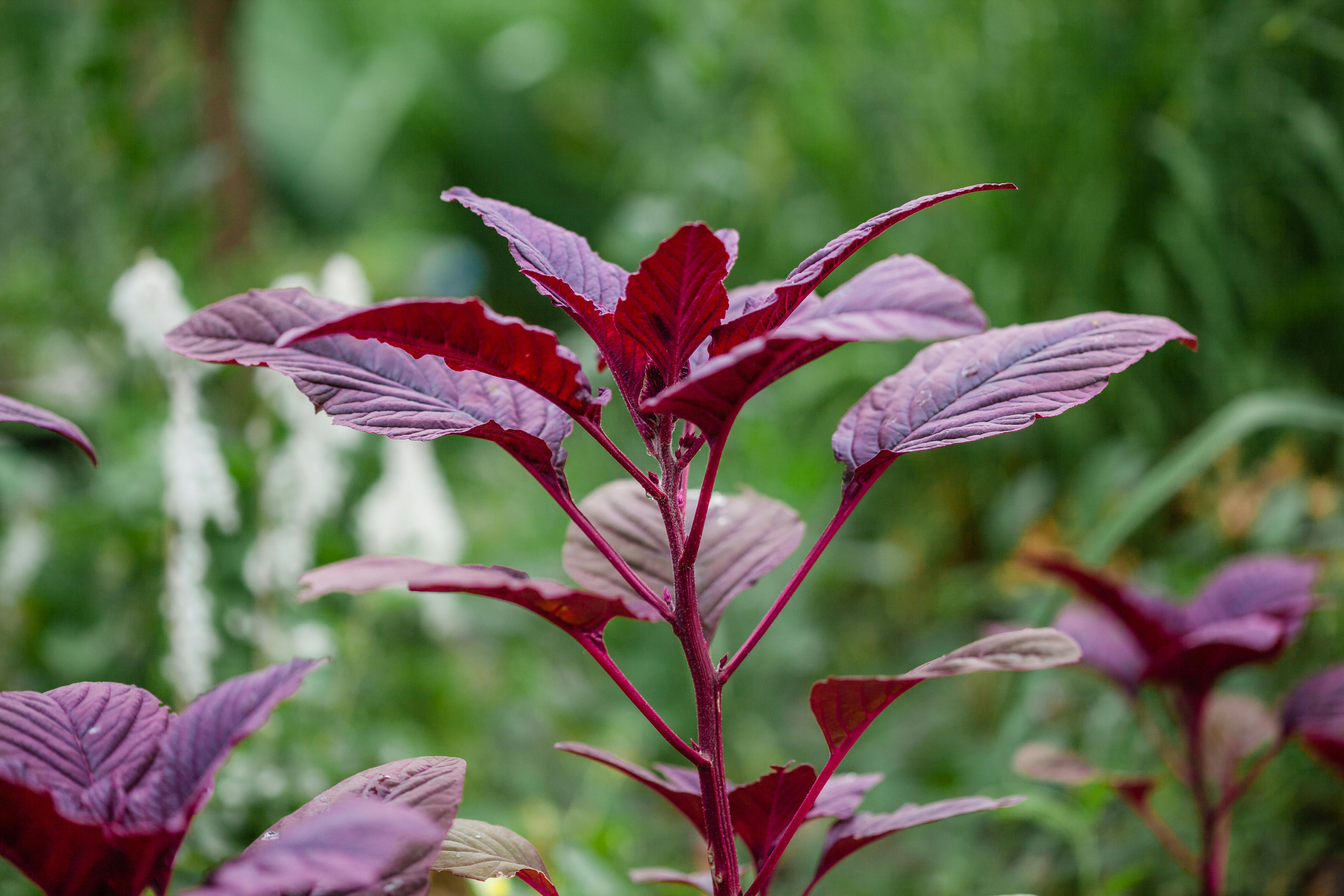
Farming isn’t just about having land, it’s about knowing what to plant and when. For many beginner farmers, one of the biggest gaps is knowing the right time to sow different crops. Planting out of season can cost you time, money, and effort, with little to show for it. That’s why this easy-to-follow planting calendar guide is here to help you get it right, month by month.
Whether you’re farming in your backyard, on a plot, or starting a small commercial venture, this guide is your friend.
Why a Planting Calendar Matters
Before we dive into the actual calendar, let’s be clear on why this matters. Crops grow best when they’re planted during their ideal growing season. This means:
- Fewer pests and diseases
- Less need for chemicals
- Better harvests and quality
- Higher chances of making a profit
Trying to plant everything all year round without understanding the seasons is like swimming against the current, possible, but tiring and wasteful.
Your Monthly Crop Guide: What to Plant and When
Furthermore, his guide is based on natural outdoor conditions in Southern Africa (e.g., Zimbabwe, Zambia, Malawi, parts of Uganda, and Kenya). If you have a greenhouse and irrigation, you can stretch the seasons a bit more.

Below is your crop calendar broken down into categories:
Cool-Season Crops (January – July)
These crops thrive in cooler temperatures and are best planted early in the year.
Crop Best Planting Months
Broccoli Feb – Jun
Cabbage Feb – Jul
Cauliflower Feb – Jul
Carrots Feb – Jul
Lettuce Mar – Jul
Peas Feb – Jul
Onion Feb – Jun
Tip for beginners: These crops are great for early-season income. They don’t need excessive heat, but they love consistent moisture and good soil preparation.
Warm-Season Crops (August – December)
These need sunshine and warmth to thrive. Avoid planting these in the cold months.
Crop Best Planting Months
Tomato Feb – Jun, Sep – Dec
Cucumber Jan – Feb, Aug – Dec
Chillies Aug – Dec
Eggplant Aug – Dec
Green Beans Jan – Mar, Sep – Dec
Watermelon Sep – Dec
Green Mealie Sep – Dec
Pro tip: Warm-season crops are in high demand during festive seasons, think December markets. Plan for that rush.
Root and Tuber Crops
Crop Best Planting Months
Potato Feb – Mar, Aug
Beetroot May – Aug
These crops need well-drained soil and consistent weeding. Great for home use and small markets.
Squash & Butternut
Crop Best Planting Months
Butternut Feb – Apr, Sep – Dec
Squash Feb – Apr, Sep – Dec
These are easy to grow and store well after harvesting, a beginner’s favorite!
Peppers
Crop Best Planting Months
Peppers Jan – Mar, Aug – Dec
Peppers love warmth and well-composted soil. They do best when planted just before the rains or in well-irrigated areas.
Stretching the Calendar: Greenhouses & Irrigation
If you have access to:
- A greenhouse
- A reliable water source
Therefore, you can grow many of these crops year-round. Greenhouses reduce climate stress and pest attacks, allowing you to grow crops in the off-season when prices are high.
Your Monthly Action Plan (Beginner-Friendly)
Here’s a rough plan to help you get started:
January – March:
- Focus on: Cabbage, Green Beans, Lettuce, Onions, Peas, Tomatoes, Peppers
- Start soil preparation and nursery planting
April – June:
- Plant: Carrots, Cauliflower, Broccoli, Potatoes
- Monitor moisture levels as cooler months set in
July – September:
- Prepare for warm-season crops
- Start Tomatoes, Chillies, and Eggplant in the nursery
October – December:
- Plant Watermelon, Cucumber, Green Mealie, Butternut
- Prepare for peak festive season sales
Final Tips for New Farmers
- Always test your soil before planting.
- Stagger planting every few weeks to spread out your harvests.
- Keep records of what you plant and when it’s your farming diary.
- Invest in irrigation if you can; it opens more planting opportunities.
- Talk to other farmers or reach out to agronomists for local advice.
Closing Thoughts
In conclusion, Farming is a journey, and every seed you plant takes you a step forward. With the right planting calendar guiding you, you can make smarter decisions, reduce waste, and achieve better results. Remember: it’s not just about planting more; it’s about planting smart.
If you have questions or need help building a crop plan tailored to your land, contact your local agronomist or extension officer. Better yet, save and share this guide with a fellow beginner farmer!



A good initiative in promoting IT in agriculture and this serves as a wider ground for learning
Best wishes and I encourage you to insert more efforts so that this website dominate the browser
Noted I appreciate the feedback please don’t forget share.
This is a good article please keep providing such priceless information